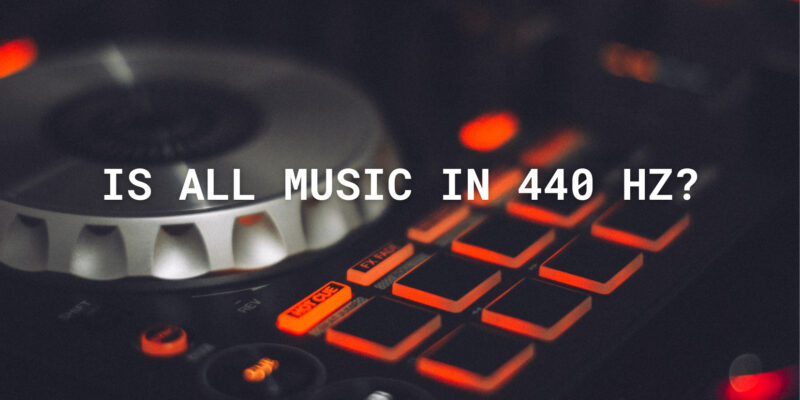When it comes to music, one may wonder if all compositions and performances adhere to a single tuning frequency. In the world of Western music, 440 Hz is often considered the standard reference pitch for tuning instruments, but it’s essential to recognize that not all music conforms to this frequency. In this article, we will explore the use of different tuning frequencies in music and the reasons behind these variations.
The 440 Hz Standard
440 Hz, often referred to as A4, is the internationally recognized standard for concert pitch in Western music. This frequency serves as the reference point for tuning most musical instruments, including pianos, violins, flutes, and guitars. The choice of 440 Hz as the standard pitch was officially adopted during the 20th century and is widely used in orchestras, recording studios, and live performances.
Variations in Tuning Frequencies
While 440 Hz is the predominant standard, variations in tuning frequencies do exist, and they are especially prevalent in historical, traditional, and non-Western musical contexts. Here are a few examples:
- Historical Tunings:
Throughout history, various tuning systems and frequencies have been used. For instance, during the Baroque period (17th and 18th centuries), the tuning pitch often ranged from 415 Hz to 430 Hz, with regional variations. Musicians today who specialize in historically informed performance may use these lower frequencies when playing Baroque music to replicate the sound of the period accurately.
- Traditional and Folk Music:
Folk and traditional music from different regions and cultures may employ tuning frequencies that align with their musical traditions. These tunings can vary widely and may be passed down through generations.
- Electronic and Experimental Music:
In electronic and experimental music, artists often explore unconventional tuning frequencies to create unique sonic experiences. These tunings may diverge significantly from the 440 Hz standard.
- Non-Western Music:
Non-Western musical traditions, such as Indian classical music, use their unique tuning systems. For example, Indian music employs the concept of “shruti,” which encompasses microtonal intervals and tuning frequencies that are distinct from Western standards.
Reasons for Different Tunings
The choice of tuning frequency depends on several factors, including historical traditions, cultural contexts, the desired emotional or sonic qualities of the music, and the instruments used. Different tuning frequencies can evoke distinct moods and timbres, making them integral to the artistic expression of a composition.
Conclusion
While 440 Hz serves as the global reference pitch in Western music, it is essential to recognize that the musical world is diverse and rich with variations in tuning frequencies. These variations reflect the depth of human creativity, cultural diversity, and historical context within the world of music. Musicians and composers, whether they adhere to standard tuning or explore unconventional frequencies, continue to enrich the musical tapestry with their unique expressions and interpretations, making music a universal language that transcends the boundaries of pitch and frequency.


